The Layout Of Your Vegetable Garden
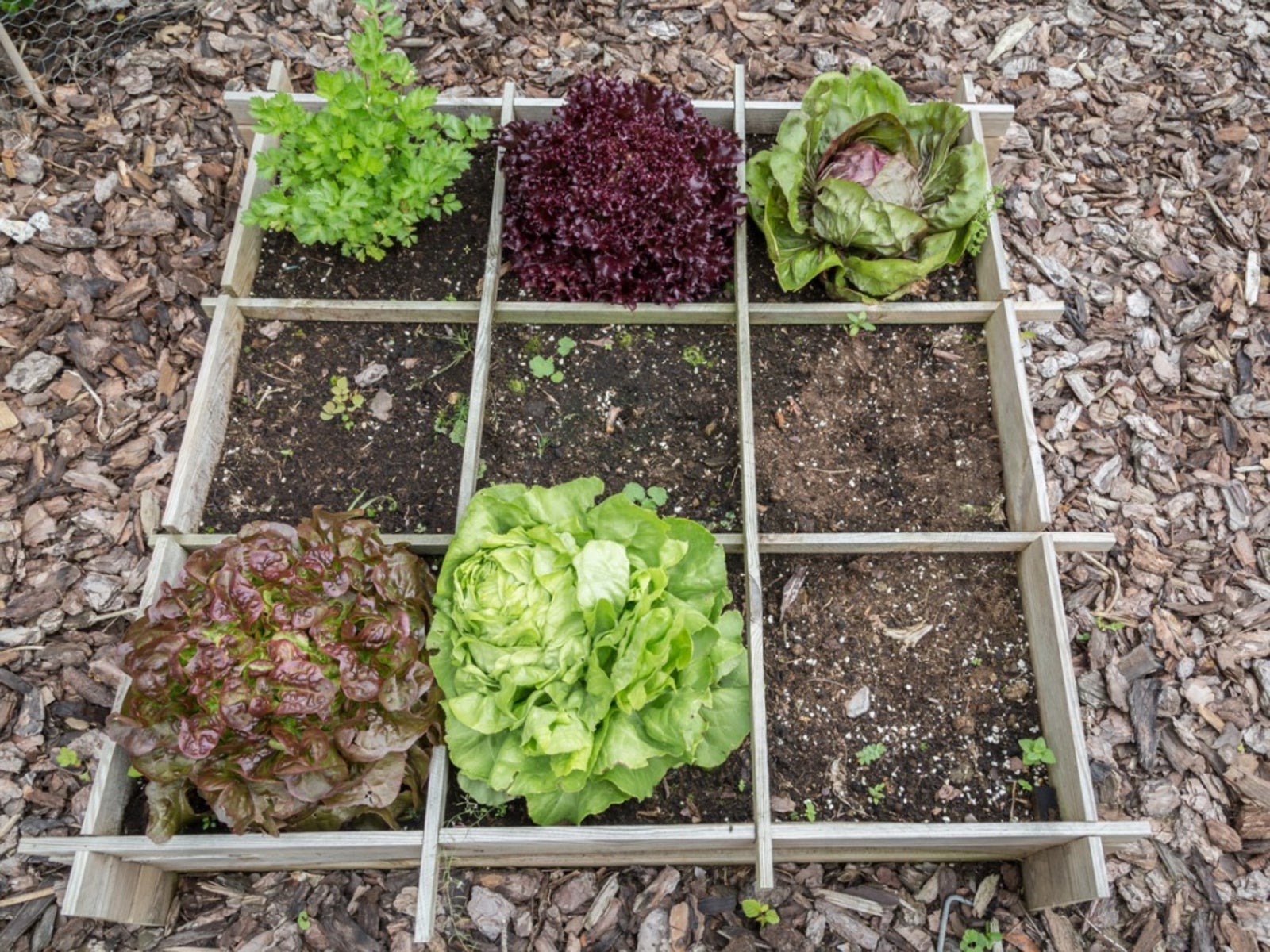

Traditionally, vegetable gardens have taken the form of those all too familiar plots of rows found in large, open fields or nestled away in the backyard. While this vegetable garden layout design was once considered quite popular; times have changed. Large plots often require more attention, and some people don't have the option of growing vegetables in large plots anymore. Keep reading for a few vegetable garden layout ideas.
Better Vegetable Garden Layouts
Many of us actually require something taking up less space and less time and we are looking for the best way to layout a vegetable garden. There is an alternative to the big vegetable garden layouts, which can be just as effective with an additional bonus-- a layout designed for small areas. Small vegetable garden layouts, which fit the busy person's lifestyle as well as accommodate those who have limited room for a traditional garden, come in the form of small beds. These not only save on space but can be helpful to the plants themselves by allowing them to grow closer together, which essentially provides the soil with shade and results in more moisture for the crops and less weed growth for the gardener to deal with.
How to Layout a Vegetable Garden
For an optimal vegetable garden layout design, beds shouldn't be more than 3 or 4 feet (1 m.) in width since your main objective is easy maintenance. Smaller beds allow you to maneuver around the area while watering, weeding, or harvesting. Use paths with your vegetable garden layout design. Dividing beds with pathways will lessen the chances of harming crops by trampling the plants and surrounding soil. Placing plastic or some type of garden sheeting over the paths will also keep weeds out and adding some type of mulching material or gravel will improve the appearance. You should mulch around crops as well to help them retain moisture.
Vegetable Garden Layout Ideas for Planting
When arranging the garden bed, plant the early crops in such a way that allows other crops to follow once these varieties have faded out. For instance, rather than wait for these earlier crops to die out completely, go ahead and plant the later crops in between beforehand. This technique will help keep the garden alive with continual growth while adding to its appearance. Keep the taller plants, such as corn, towards the back of your beds, or consider placing them in the center with other crops working downward in size. Instead of flat beds, you might consider raised ones that are edged with wood or stone.
Alternative Vegetable Garden Layout Ideas
You don't necessarily have to limit yourself to beds for a unique vegetable garden layout design. Browse through books, catalogs, or public gardens for new and interesting vegetable garden layouts. Family, friends, and neighbors are also a great source of vegetable garden layout ideas, and many of them are more than willing to share their success secrets with others. There is also the option of growing your vegetable garden strictly in containers. These can be arranged in a number of ways including hanging plants from baskets on your porch. Containers can also be moved around with others added as needed. In fact, you could incorporate some containers into your beds for additional interest.
Gardening tips, videos, info and more delivered right to your inbox!
Sign up for the Gardening Know How newsletter today and receive a free copy of our e-book "How to Grow Delicious Tomatoes".

Nikki Tilley has been gardening for nearly three decades. The former Senior Editor and Archivist of Gardening Know How, Nikki has also authored six gardening books.
-
 Looking For Plants To Give You The Soft And Fuzzies? Try These 5 Fuzzy Leaf Plant Options
Looking For Plants To Give You The Soft And Fuzzies? Try These 5 Fuzzy Leaf Plant OptionsLovers of texture, drama, silver foliage and tactile plants will adore these special sensory garden additions. These fuzzy leaf plant options will leave you all aglow
By Susan Albert
-
 Get Ready For A Summer Of Hummers! Grow These Full Sun Hummingbird Plants and Flowers
Get Ready For A Summer Of Hummers! Grow These Full Sun Hummingbird Plants and FlowersIf you’re lucky enough to enjoy a sunny backyard, make sure you are maxing out on your pollinator opportunities and grow these full sun hummingbird plants and flowers
By Tonya Barnett
-
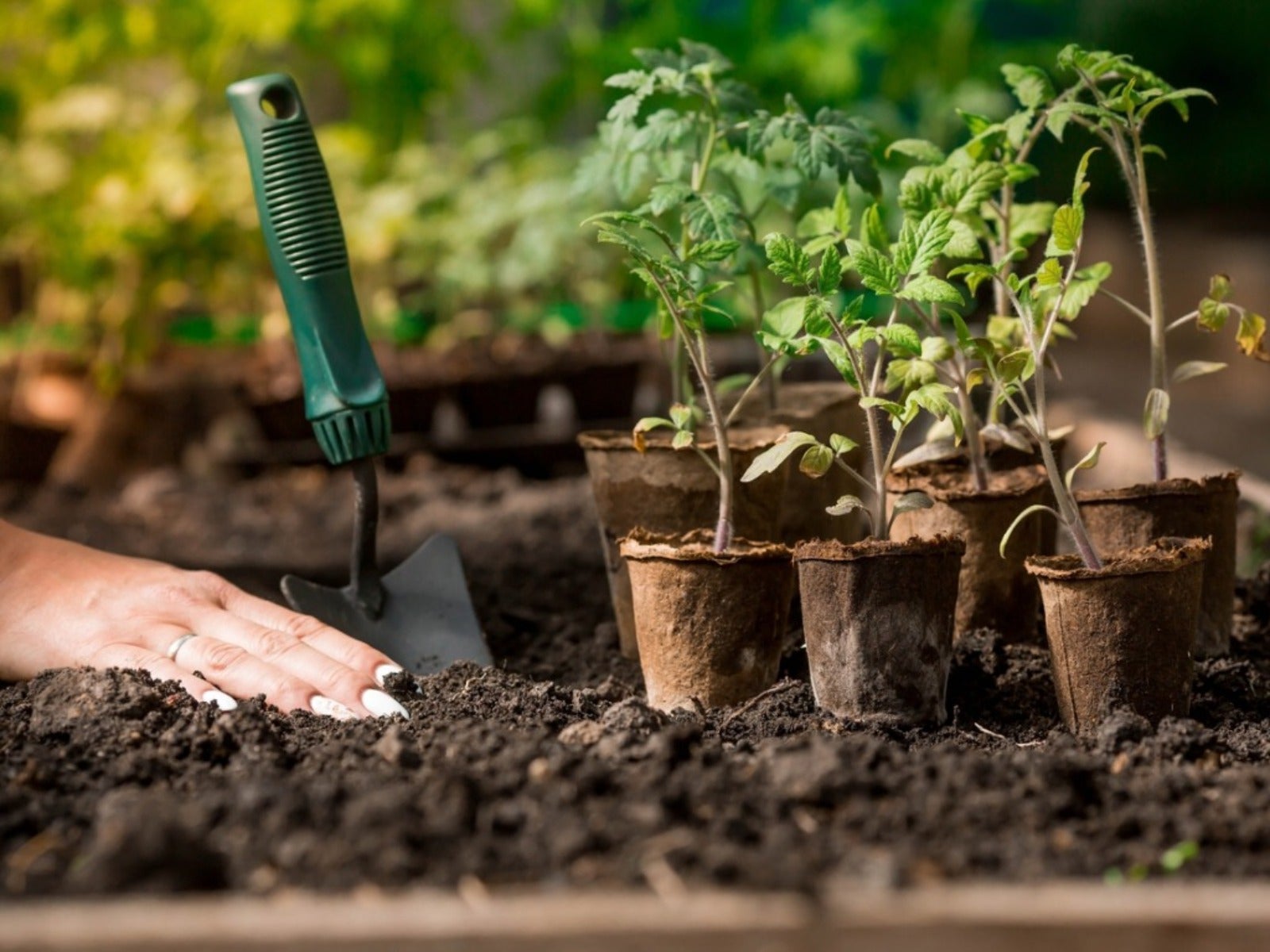 How Many Vegetables To Plant Per Person For A Year
How Many Vegetables To Plant Per Person For A YearGauging how much to plant in a vegetable garden can eliminate waste while still producing enough for your family. Click for more.
By Bonnie L. Grant
-
 13 Perennial Fruits And Vegetables You Only Have To Plant Once
13 Perennial Fruits And Vegetables You Only Have To Plant OnceLooking to set it and forget it? Find out which fruits and vegetables can be grown as perennials.
By Laura Miller
-
 11 Edible Plants For A Year-Round Garden In A Bucket
11 Edible Plants For A Year-Round Garden In A BucketWant to know how to grow food inside your house and which foods do best indoors? Click here to learn all about it.
By Bonnie L. Grant
-
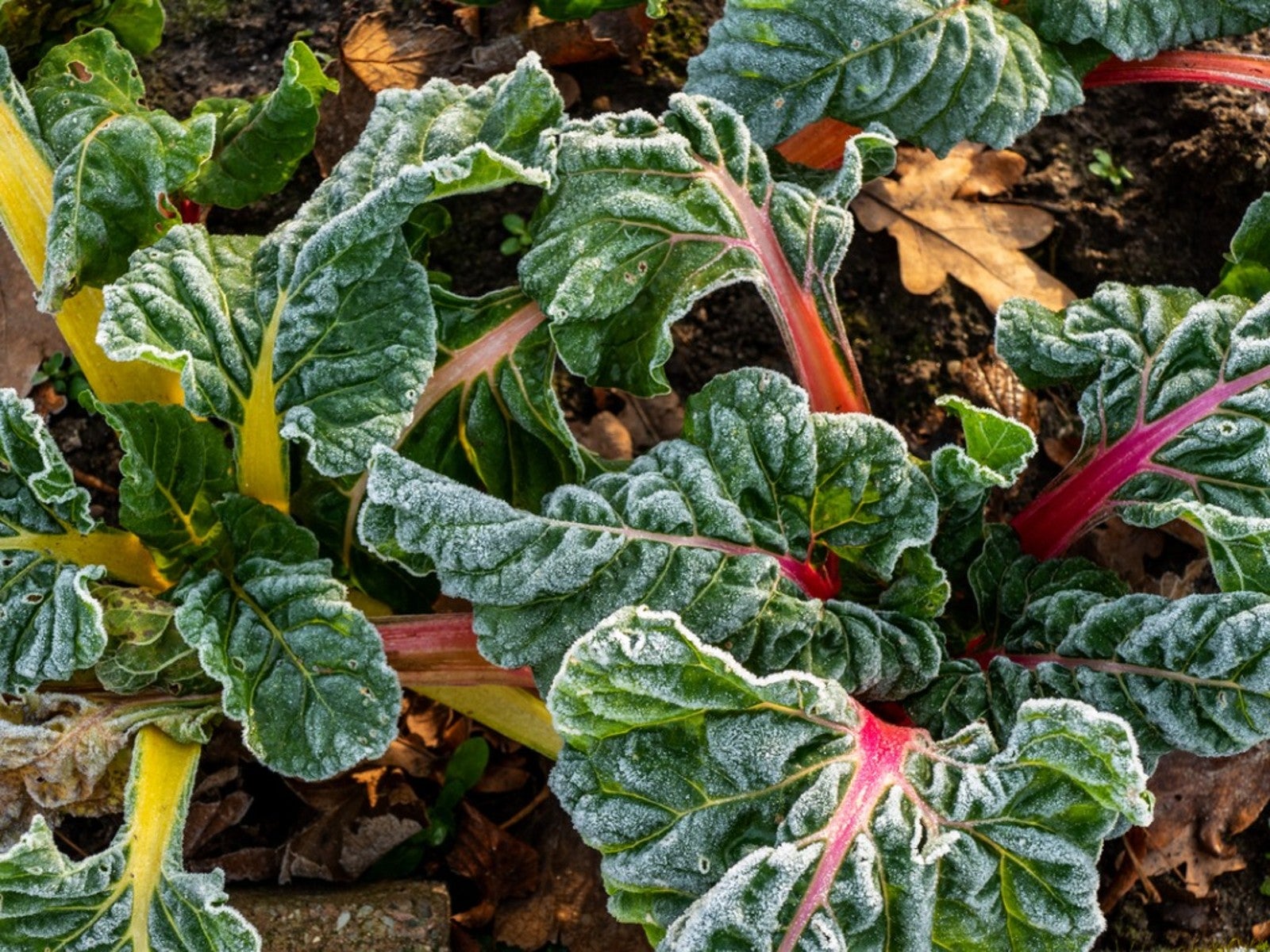 Frost Tolerance Of Vegetables From Least To Most Hardy
Frost Tolerance Of Vegetables From Least To Most HardyHow cold can vegetables tolerate? Knowing which veggies will survive frosts and freezes is essential for the success of your garden. Click here for more.
By Laura Miller
-
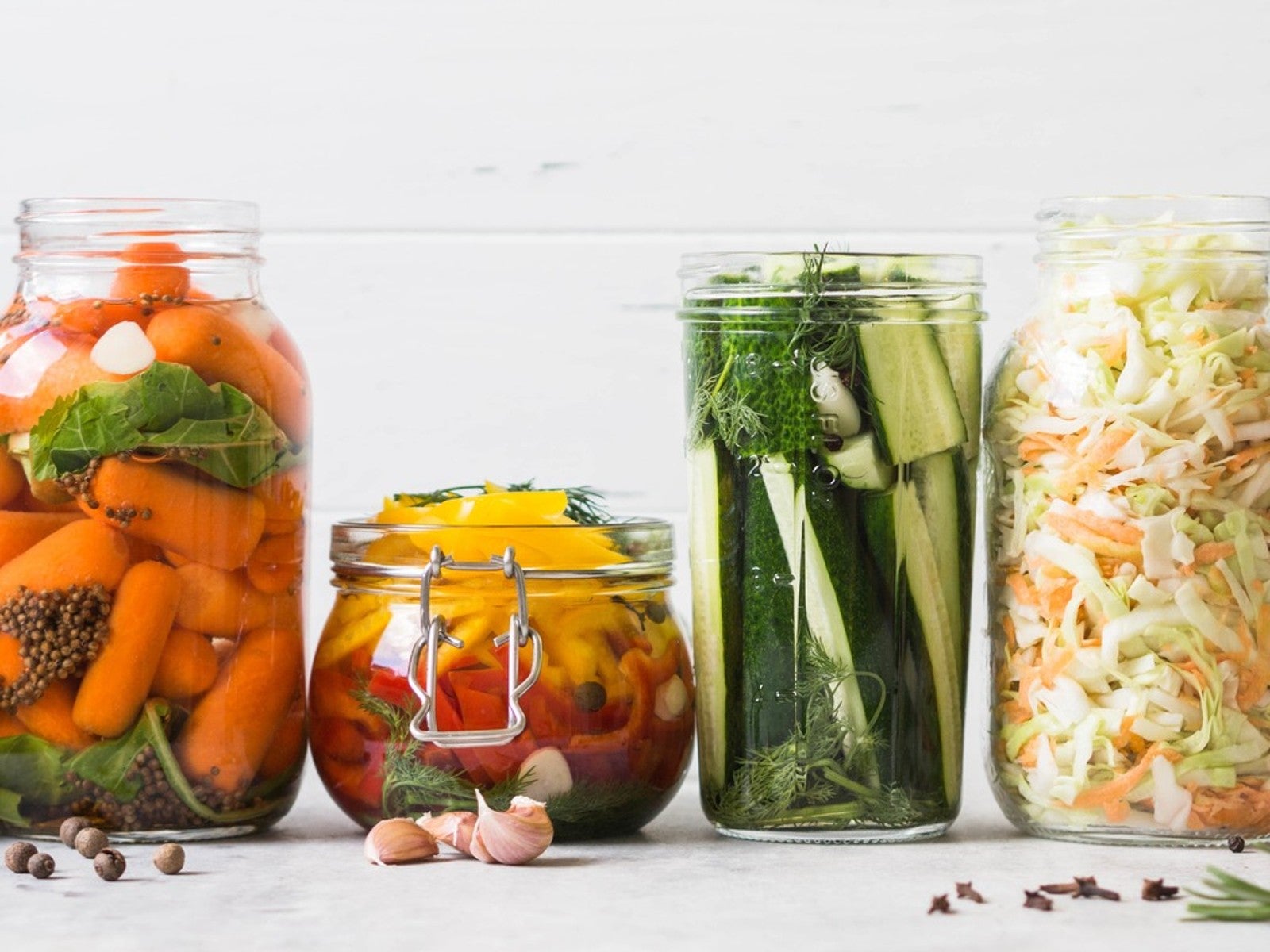 Best Vegetables To Pickle Straight From The Garden
Best Vegetables To Pickle Straight From The GardenPickles aren’t limited to just cucumbers. Read on for tips on pickling your fresh veggies.
By Amy Grant
-
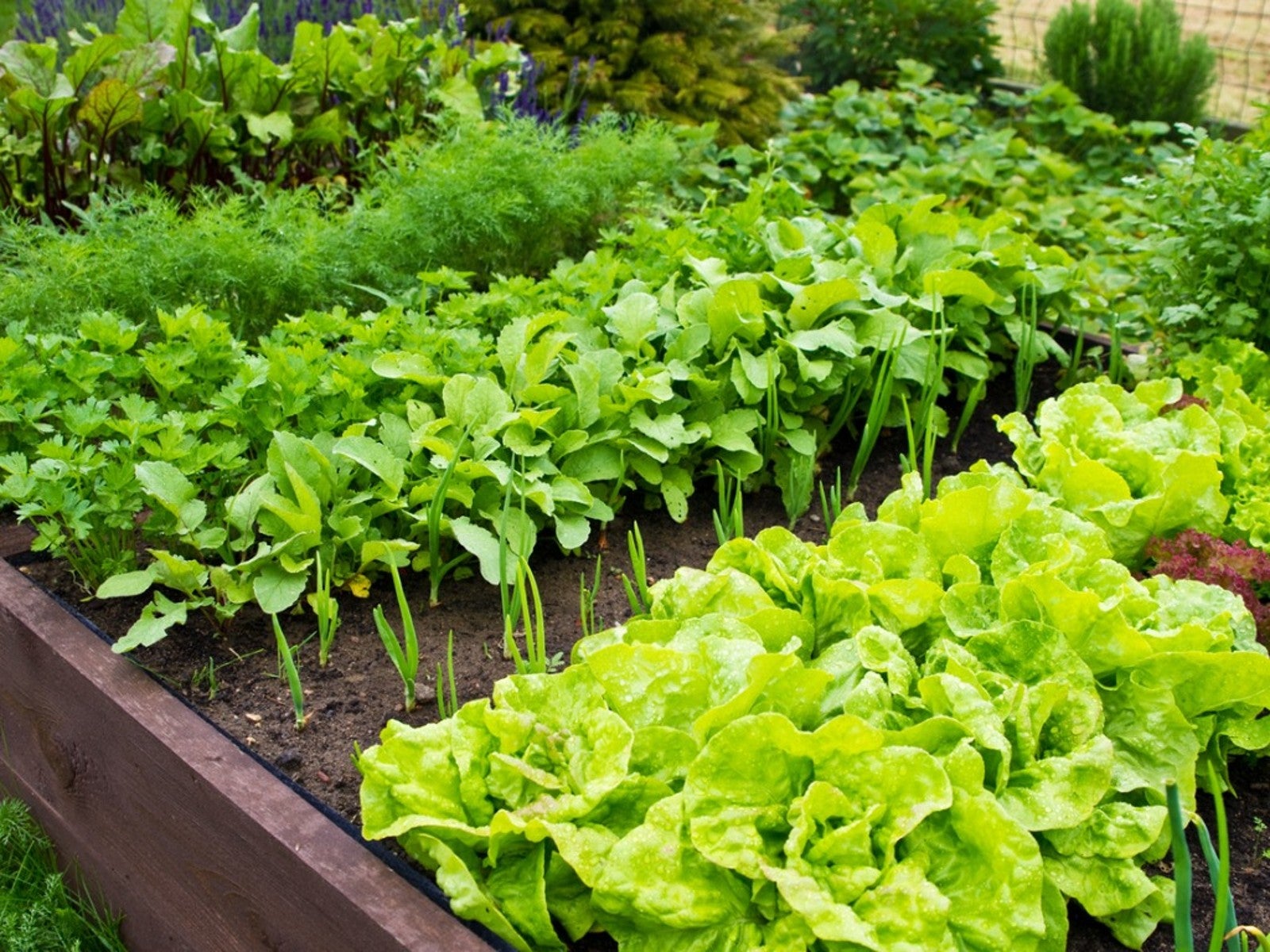 Benefits Of Planting In Fall Vs. Spring Vegetable Plots
Benefits Of Planting In Fall Vs. Spring Vegetable PlotsLearn why some vegetables do better if you plant them in fall instead of spring.
By Laura Miller
-
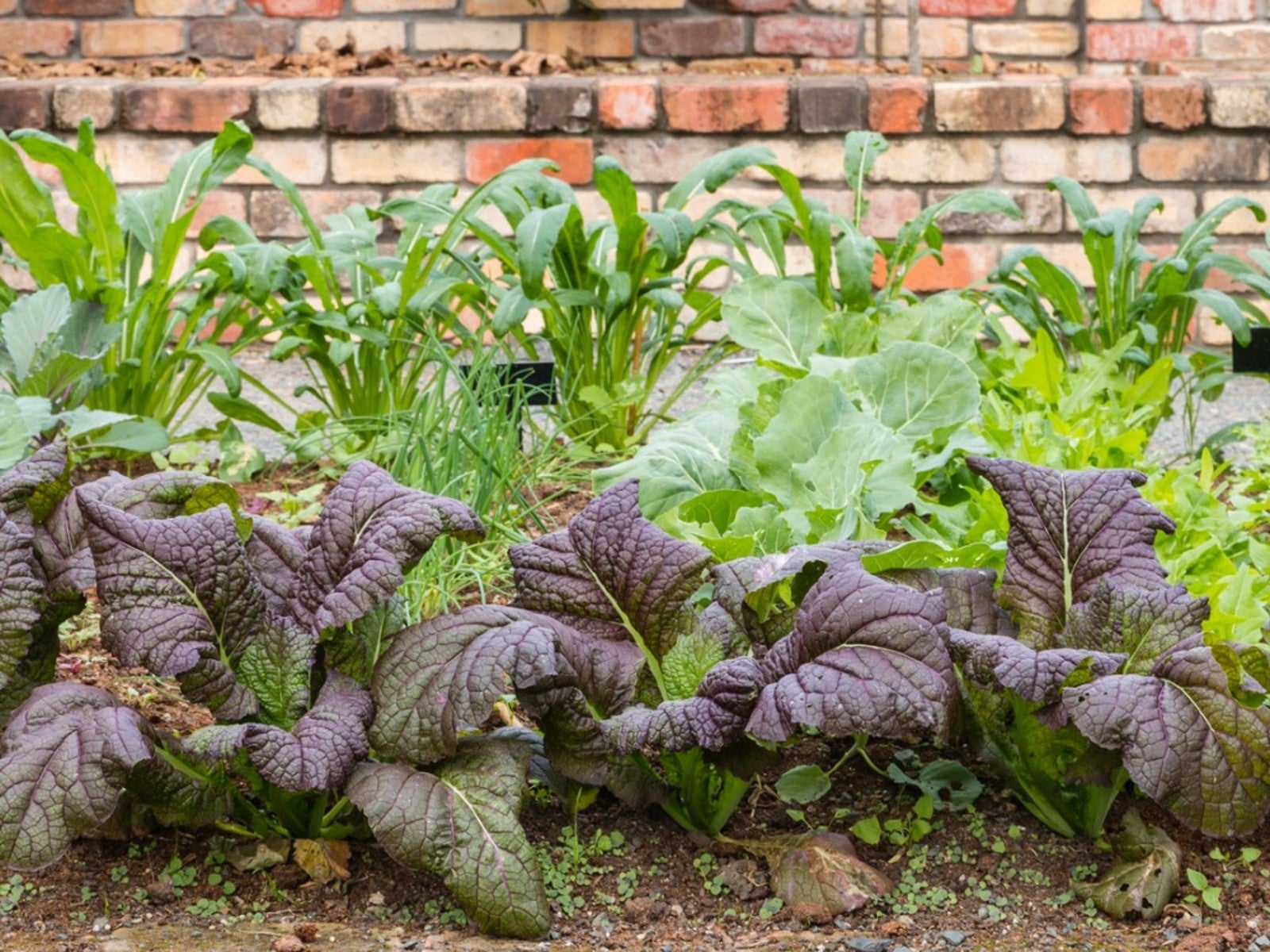 Interplanting Vegetables In The Fall Garden
Interplanting Vegetables In The Fall GardenLearn all about the benefits of interplanting vegetables for your fall garden.
By Laura Miller
-
 Best Vegetables For Growing In Perlite
Best Vegetables For Growing In PerlitePerlite is a natural growing medium that comes from super-heated volcanic glass. In some cases, it works better than soil. Read on for more info.
By Laura Miller